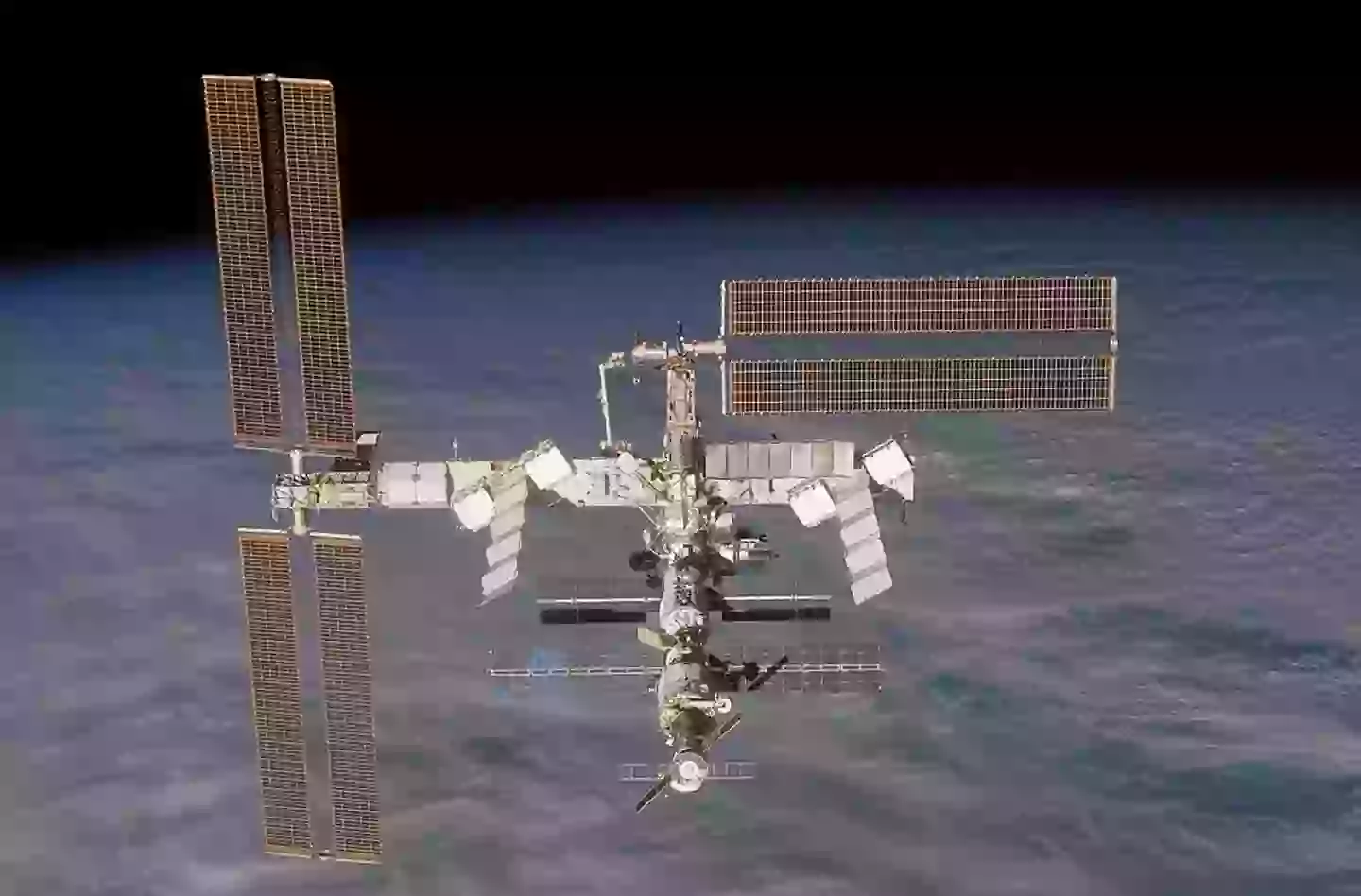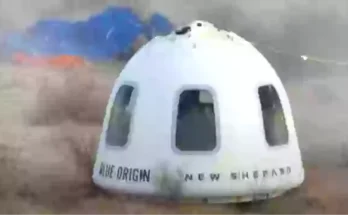Elon Musk has long been vocal about his vision for humanity to become an interplanetary species, but his latest move—plans to dismantle the International Space Station—are only now coming to light.
In June 2024, NASA awarded SpaceX an $843 million contract to “de-orbit” the ISS, tasking the company with building a spacecraft capable of safely bringing it down to Earth.
This announcement coincided with NASA astronauts Butch Wilmore and Suni Williams becoming “stranded” due to docking issues at the station, though the incidents are unrelated.
The ISS was never meant to last forever, with NASA confirming its operational life will end in 2030. However, it seems Musk may be preparing for the task sooner than expected.
Posting on his social media platform, Twitter, the billionaire stated that the ISS had outlived its usefulness for humanity and hinted at the need to focus on becoming an interplanetary species.
“It’s time to start preparations for deorbiting the @Space_Station. It has fulfilled its purpose, and there’s little remaining utility. Let’s go to Mars,” he wrote.
In response, one user asked, “Are you suggesting the ISS should be deorbited before 2030? As you know, SpaceX currently holds a contract to build the US Deorbit Vehicle to safely bring it down in 2030.”

Elon Musk has long dreamt of life on Mars
Another user reacted to his post, writing, “Time to build a base on Mars.”
“Yes,” Musk replied.
NASA’s initial de-orbit plans involve gradually lowering the ISS’s altitude over 18 months after onboard operations cease.
A modified SpaceX Dragon spacecraft—equipped with six times the usual propellant and four times the thruster power—will then attach to the ISS and use its thrusters to guide the station toward Earth.

The International Space Station is seen from the Space Shuttle Discovery after undocking from the station back in 2006 (NASA via Getty Images)
As the ISS re-enters Earth’s atmosphere, most of the station will break apart and burn up, with the planned descent targeted over a remote area of the South Pacific Ocean.
This will mark the end of an era for the ISS, which was constructed in 1998 through a global collaboration between NASA, Roscosmos (Russia), ESA (Europe), JAXA (Japan), and CSA (Canada).



